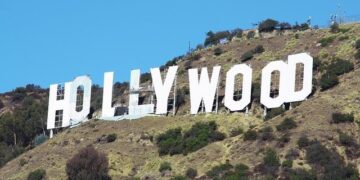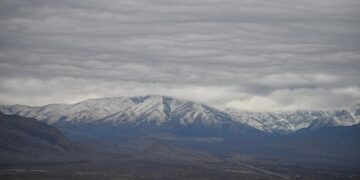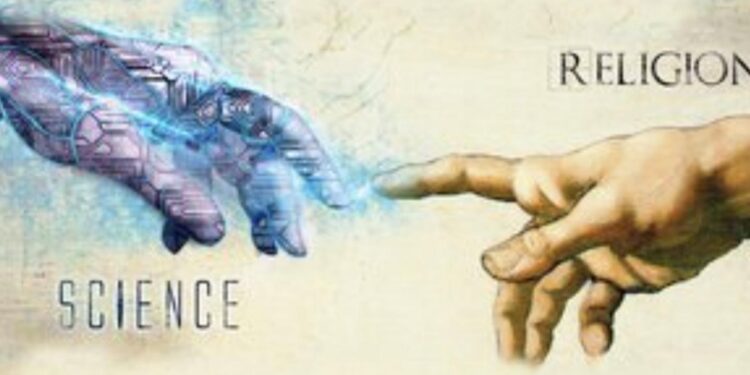In a world where science and faith often seem at odds, the new article on omnesmag.com titled «The subdued earth»: the history of thinking about science and faith delves into the complex and evolving relationship between these two powerful forces. Tracing centuries of dialogue, conflict, and convergence, the piece offers a nuanced exploration of how humanity has grappled with reconciling empirical discovery and spiritual belief. As debates about the role of science and religion continue to shape public discourse, this historical overview provides timely insight into the roots and ramifications of one of our most enduring cultural conversations.
The Evolution of Science and Faith in Shaping Worldviews
Throughout history, the interplay between scientific inquiry and religious belief has significantly influenced the way societies interpret their place in the universe. Early civilizations saw faith and emerging scientific observations as complementary forces, often using religious frameworks to explain natural phenomena. However, the Renaissance and Enlightenment periods marked a critical shift-science began to carve out an autonomous space, challenging traditional doctrines and encouraging empirical evidence as the foundation of knowledge. This transition was marked by notable figures who navigated both realms, advocating for a worldview that embraced reason without abandoning spirituality.
Today, the dialogue between science and faith is far from monolithic. Instead, it reflects a diverse spectrum of perspectives, ranging from conflict to cooperation. Modern discourse acknowledges that both domains contribute uniquely to our understanding of existence:
- Science: Provides methodical, evidence-based explanations of the physical world.
- Faith: Offers moral, ethical, and existential interpretations beyond measurable phenomena.
- Intersection: Encourages questions about purpose, consciousness, and the limits of human knowledge.
| Era | Dominant Worldview | Science-Faith Relationship |
|---|---|---|
| Ancient | Mythic & Symbolic | Interwoven and complementary |
| Renaissance | Humanist & Empirical | Emerging separation |
| Modern | Scientific Rationalism | Often tension, occasional synthesis |
Bridging the Divide How Historical Dialogues Inform Modern Perspectives
Throughout history, the dialogue between science and faith has been marked by moments of tension and remarkable synthesis. Early scholars, often religious figures themselves, laid the groundwork for scientific inquiry without dismissing spiritual frameworks. These historical exchanges reveal a complex relationship where empirical evidence and metaphysical questions coexisted, each shaping societal worldviews in profound ways. Recognizing this intertwined heritage helps to contextualize modern debates, where the perceived dichotomy between science and faith is increasingly challenged by nuanced perspectives.
Examining key milestones in this ongoing conversation offers valuable insights into how knowledge systems evolve. Consider the following pivotal elements that have shaped this historical discourse:
- Medieval scholasticism: Merging Aristotelian philosophy with theological doctrine.
- The Scientific Revolution: Introducing empirical methods while grappling with established religious beliefs.
- Enlightenment perspectives: Advocating reason, sometimes at odds with faith traditions.
- Contemporary discourse: Seeking harmony via interdisciplinary dialogue and ethical reflection.
| Era | Key Figures | Impact on Science-Faith Relationship |
|---|---|---|
| Medieval | Thomas Aquinas | Integrated faith with reason |
| Scientific Revolution | Galileo Galilei | Challenged traditional dogma |
| Enlightenment | Voltaire, Kant | Emphasized rationality over faith |
| Modern Era | Stephen Jay Gould | Proposed non-overlapping magisteria |
Fostering Constructive Conversations Practical Steps for Integrating Faith and Scientific Inquiry
Creating a space where faith and scientific inquiry harmoniously intersect begins with intentional dialogue rooted in mutual respect and open-mindedness. Encouraging participants to listen actively, rather than respond defensively, lays the foundation for conversations that transcend traditional boundaries. Simple yet effective strategies include framing questions that invite exploration rather than confrontation, and acknowledging the validity of different worldviews. Equally important is fostering an environment where uncertainty is embraced as a catalyst for growth rather than a threat to belief.
- Active Listening: Prioritize understanding over debating.
- Shared Language: Avoid jargon to facilitate clearer communication.
- Question with Curiosity: Encourage questions that expand rather than challenge.
- Embrace Ambiguity: Accept that some answers remain beyond immediate reach.
To better visualize the balance needed between faith and science, consider the following comparative framework outlining key perspectives and approaches that can guide constructive conversations:
| Approach | Faith-Oriented | Science-Oriented |
|---|---|---|
| Core Motivation | Meaning and Purpose | Empirical Discovery |
| Methodology | Revelation & Tradition | Observation & Experiment |
| Attitude to Uncertainty | Faith in the Unseen | Open to Revision |
| Communication Style | Storytelling & Metaphor | Data & Analysis |
Future Outlook
As the dialogue between science and faith continues to evolve, understanding their intertwined history remains crucial. «The Subdued Earth» sheds light on the complex relationship that has shaped modern perspectives, reminding us that the boundaries between belief and inquiry are often more fluid than they appear. For those seeking to navigate the ongoing conversation, the history of this interplay offers valuable context – one that may help bridge divides and foster deeper understanding in an increasingly complex world. For more in-depth analysis, visit omnesmag.com.















![[News] Japan Develops 10nm Nanoimprint Technology, with Potential to Tackle EUV Bottleneck – TrendForce](https://earth-news.info/wp-content/uploads/2025/12/329851-news-japan-develops-10nm-nanoimprint-technology-with-potential-to-tackle-euv-bottleneck-trendforce-360x180.jpg)















